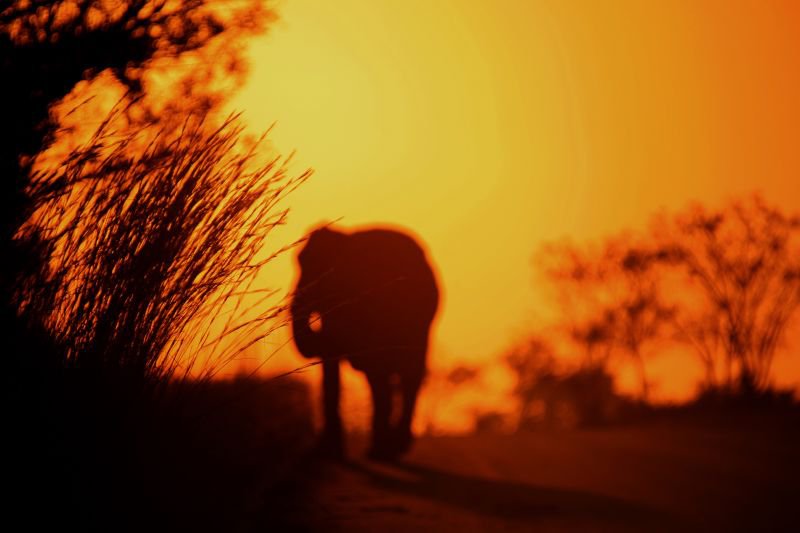The legendary Nelson Mandela works toward establishing an alternative to elephant culling in southern Africa.
Southern Africa is home to some of the highest concentrations of elephants in the world. So high, in fact, that human-elephant conflict and elephant-caused habitat destruction have prompted officials to consider culling, or thinning, the elephant populations in some areas. The problem is not exactly the high number of elephants living in southern Africa, but rather the limited amount of habitat available for them to live in.
Human settlements, civil unrest, veterinary and game fences, and political boundaries restrict the elephants’ natural ability to disperse. This quite regularly results in sometimes fatal (for both man and animal) conflict with humans when elephants raid crops and enter towns and villages. Additionally, there is a delicate balance between the ecosystem and the number of elephants it can support. When elephant numbers exceed that threshold, the balance is disrupted and the habitat begins to be destroyed by normal elephant behavior. In South Africa, the destruction of the habitat has lead to desertification and the drastic reduction of vegetation and the organisms that depend on it.
One of the easiest solutions to these problems involves establishing ‘elephant corridors’ that allow the pachyderms to disperse between protected areas and across national borders. The first of its kind, the Kavango-Zambezi Transfrontier Conservation Area (KAZA TFCA) is an idea becoming reality that was developed by the neighboring governments of Botswana, Angola, Namibia, Zambia, and Zimbabwe. KAZA TFCA will serve as a trans-national “superpark” that encompasses an area of 300,000 km² — the largest wildlife park in the world. In order for the idea to work, elephants must have a way to disperse across these countries and elephant corridors will facilitate just that.
According to a recent update on Sir Richard Branson’s blog, former President of South Africa Nelson Mandela and his organization, the Peace Parks Foundation, have teamed with Branson, Mike Humphries, and Virgin Unite to actualize one of Mandela’s long-standing dreams. Together they are campaigning to establish an elephant corridor that will link Botswana’s Chobe National Park, through Namibia’s Kasika and Impalila Conservancies, to Kafue National Park in Zambia. They are working with Pifworld to raise the funds needed to set up 36 kilometers of game fencing , which will effectively create and delineate a pathway for elephant populations to disperse between these nations. Small elephant populations will be relocated to the corridor area to facilitate the dispersal process and help southern Africa’s elephant populations even out across the landscape without interference from expanding human settlements.
Soon to be 92 years old, Nelson Mandela has dreamed of African wilderness being unified across many countries in peace. He once told National Geographic journalist, Peter Godwin: “I dream of an Africa which is in peace with itself…I dream of the realization of the unity of Africa, whereby its leaders combine in their efforts to solve the problems of this continent. I dream of our vast deserts, of our forests, of all our great wildernesses. We must never forget that it is our duty to protect this environment. Transfrontier parks are a way we can do just that.”
By establishing elephant corridors, Mandela’s dreams can now become a reality and one that can change the way the world views wilderness and wildlife. His goals as an inspirational involvement in the Peace Parks Foundation can and will soon be reached when elephants are able to begin using their habitat in a way that is natural to them.
Join the Elephant Corridor for Peace campaign on facebook and visit Pifworld to read more and make donations to this cause.
Image: ©Bhatti Ijaz/Wildlife Cosmos






